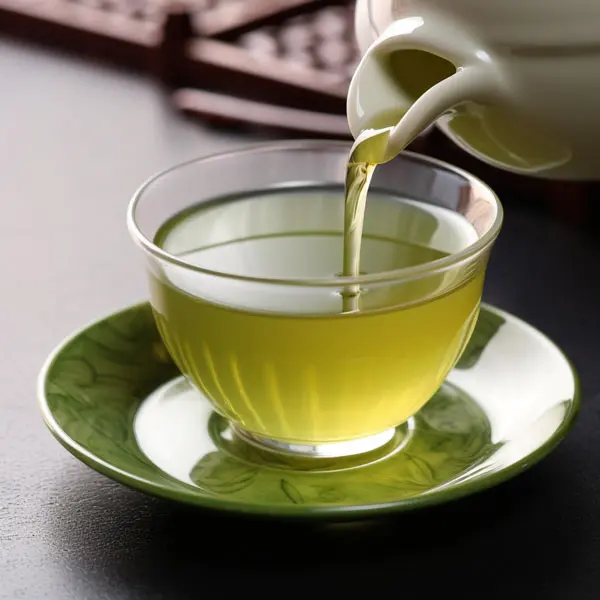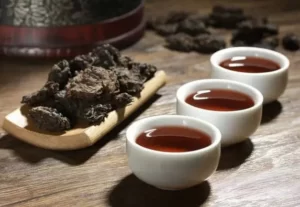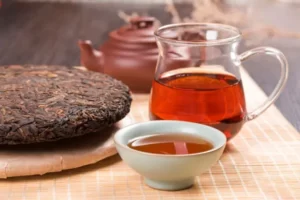Introduction
This beginner’s guide describes several points to pay attention to when choosing and buying a gaiwan. Including size, bowl thickness, material, gaiwan shape, and more. To avoid the novice in the lack of relevant knowledge to buy not suitable for their own Gaiwan.
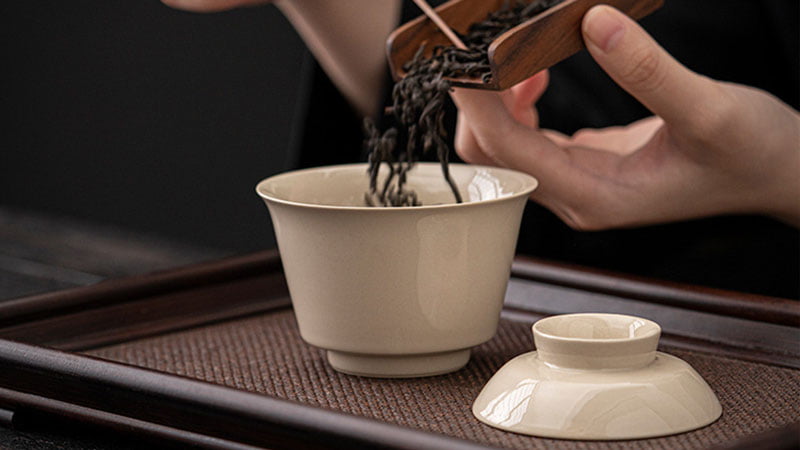
The history of the gaiwan is quite extensive, with its origins tracing back to China’s Song Dynasty. However, the “sancai gaiwan” that we see today did not become widely used until the 18th century. The gaiwan tea pot offers unique advantages that a teapot cannot, including the ability to watch the dance of the tea leaves in the bowl, which adds visual enjoyment to the tea-drinking experience. Hence, it is often used in place of a teapot. Whether they’re tea ceremony experts or enthusiasts of Chinese tea, everyone usually has at least one gaiwan in their collection. However, many beginners encounter pitfalls—getting ripped off due to their lack of knowledge—when choosing a gaiwan tea set. Let me guide you step-by-step on how to choose a beginner-friendly gaiwan.
At the beginning of this guide, I’d like to introduce what exactly is a gaiwan. It’s not a pointless question, as the strategy for choosing one is closely related to this. A gaiwan consists of three parts: a lid on top, a saucer at the bottom, and a bowl in the middle. The lid represents heaven; the bowl symbolizes humanity; the tray embodies the earth. This concept of “the unity of heaven and earth” suggests the harmonious coexistence of humans with nature. Therefore, a gaiwan is also called a “sancai gaiwan” or “sancai cup.”
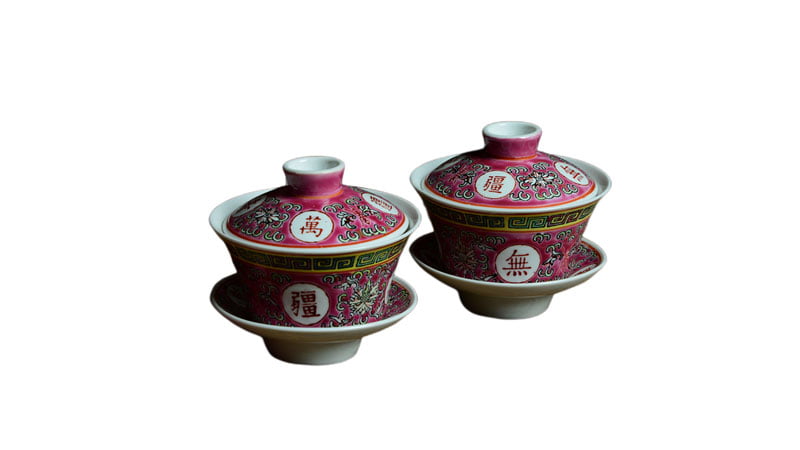
As a beginner choosing a gaiwan, there’s no need to be overly concerned with the quality or beautiful appearance. You are buying a practical tea utensil, not a work of art! This is because you are likely to break it when brewing tea due to it being too hot to handle. Every beginner will face the issue of the gaiwan teacup being too hot to handle at first, which requires frequent practice. But more importantly, encountering a suitable gaiwanc tea cup during the initial learning stage will keep you going.
5 core criteria when choosing a gaiwan
Remember the 5 core criteria when choosing a gaiwan tea cup:
7 Key Details in Selecting a Gaiwan
Thickness, Lid, Lid Rim, Lid Knob, Bowl Rim, Bowl Body, Bowl Foot
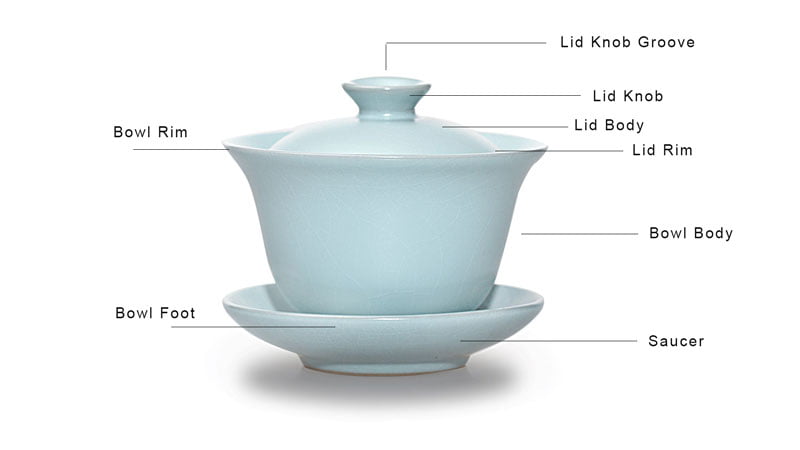
Thickness
The thickness of the gaiwan tea set: Choose one with moderate thickness. A gaiwan set that’s too thick will be hot to the touch and appear bulky, while a too thin one is prone to damage. When buying a gaiwan set, placing too much emphasis on “thickness” can lead to a deviation from what truly matters!
1. A practical gaiwan tea pot should not be too thick.
It can burn your hands
Many people find it difficult to comprehend this, thinking that a thicker gaiwan would be more insulated during tea brewing. Contrarily, a thicker gaiwan set can actually burn your hands. This is because the heat disperses slowly from the thick clay material, so when you pour boiling water into the gaiwan tea pot to brew tea, the heat gets trapped and doesn’t dissipate. If you touch it then, you can easily burn your hand. If you wait for the temperature to drop to a suitable level, you may miss the best opportunity for pouring tea. As the tea leaves soak for too long in the hot water inside the gaiwan, the resulting tea will be both bitter and astringent. Go ahead and try it yourself; you’ll find the answer.
It can be hard to hold due to its weight
A gaiwan made of thick clay has another minor issue apart from its slow heat dispersion—it feels heavy in the hand. This might not be noticeable or a significant problem for men with strong wrists. However, for many women tea brewers, holding such a hefty gaiwan to brew tea for a long period can cause hand fatigue. In the end, you might drop and break the gaiwan simply due to fatigue.
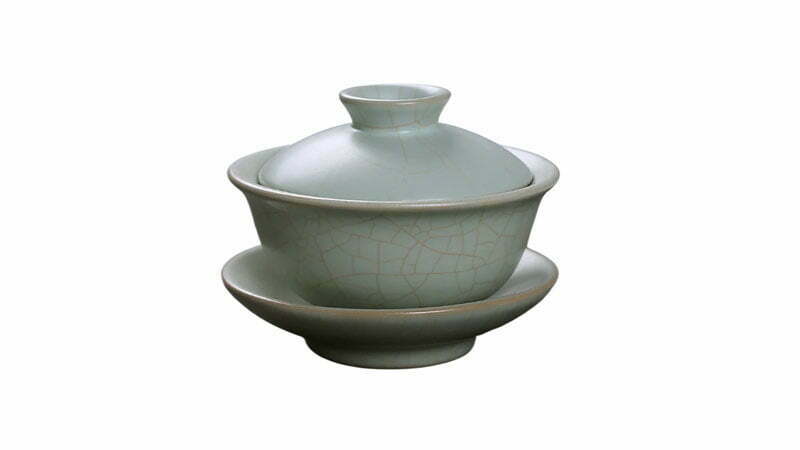
2. A truly useful gaiwan should be thin.
How thin should a gaiwan be? If you can faintly see light through it, it’s thin enough.
Because it’s thin, it dissipates heat quickly.
After pouring boiling water into a gaiwan tea cup, the heat quickly disperses instead of being trapped. When using such a gaiwan, as long as you use the correct hand movements to hold and pour the tea quickly, you won’t burn your hand. In contrast, if a gaiwan tea cup feels thick and slightly heavy in your hand, holding it would feel like holding a freshly baked hot yam—extremely hot, making you want to drop it quickly. In such a situation, it’s hard to maintain a good mood or find the leisure and elegance to brew a good cup of tea. If you don’t smash such a gaiwan, it’s because of your patience.
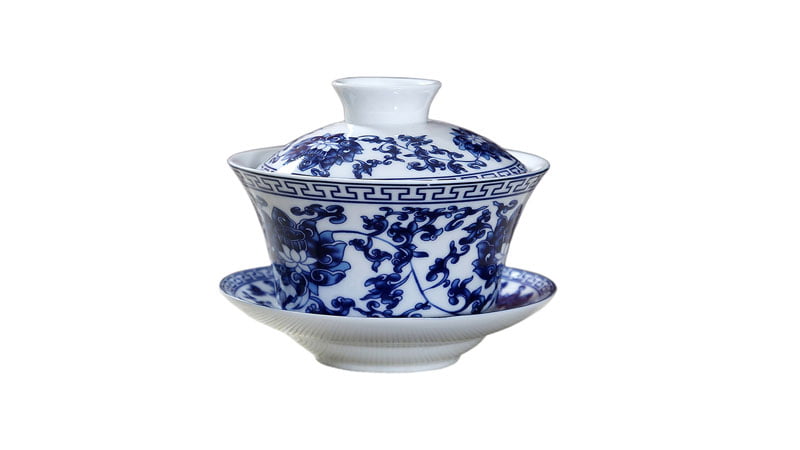
3. Too thin means fragile and easily broken
Likewise, a gaiwan tea with excessively thin clay should be avoided. There is a type of porcelain known as “thin-bodied porcelain,” which is said to be as thin as paper. This means that the body of this kind of gaiwan set is as transparent as paper, showcasing the sophistication of its craftsmanship. However, a gaiwan tea set isn’t necessarily better the thinner it is. Although thin-bodied porcelain has excellent light transmission and the delicate designs can greatly present a sense of beauty. As a work of art, it’s indeed top-notch. However, as a gaiwan used for brewing tea, being too thin means it’s fragile and easily broken.
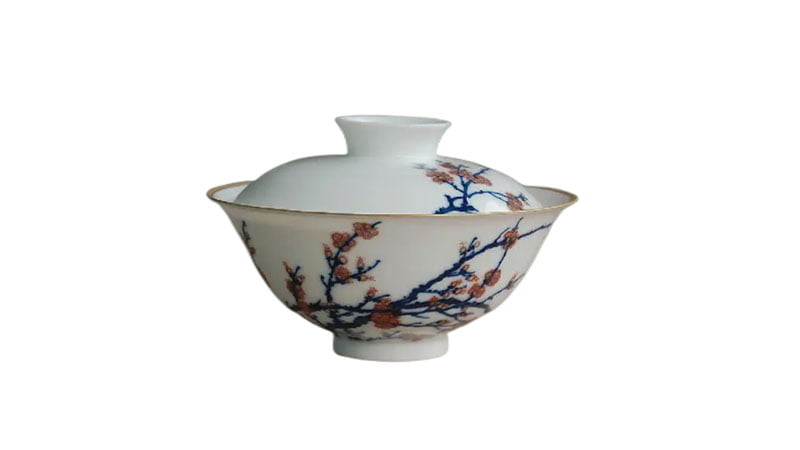
Lid Body
1. The height of the lid
The height of the lid should be moderate, too high, and it will not cover properly, or it will be very hard to cover, and it will not gather the aroma; too flat, without a certain arc, the aroma will also not gather.
2. The curvature of the lid
Additionally, one aspect that’s easily overlooked is the curvature of the lid. The curvature of the lid mainly affects the stage of smelling the aroma on the lid, which is actually a very important aspect of appreciating Pu-erh tea. The aroma of Pu-erh tea is particularly emphasized, including both the part of the tea fragrance that is volatilized and the part of the fragrance that is dissolved in the tea water. Therefore, the curvature of the gaiwan lid should be just right, with enough space to accommodate the volatilizing tea fragrance and enough contact with the tea water.
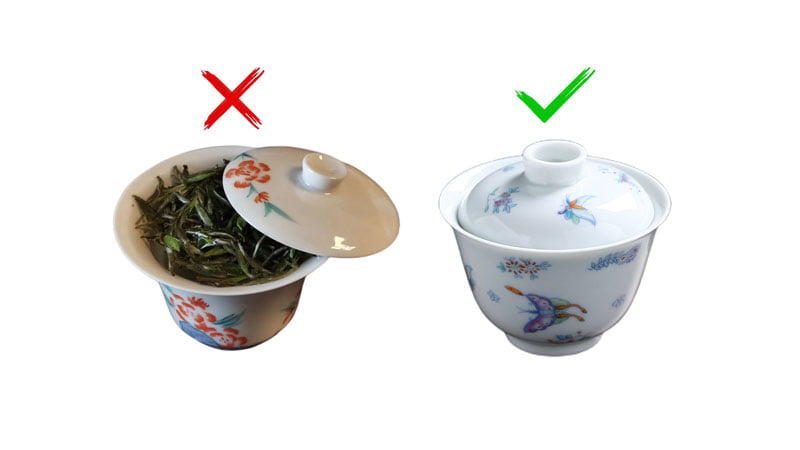
Lid Rim
Check the lid rim, it should not be perfectly seamless.
The standard lid rim needs to fit closely with the bowl body, not slide easily, and have a small gap to allow the tea water to flow out at a moderate speed.
Previously, someone compared the gaiwan with the teapot and concluded that the gaiwan is not as useful as the teapot. This is because they continuously compared several gaiwans, including white porcelain ones, blue and white ones, tall thin ones, short fat ones, etc. Ultimately, they found a common problem – the gap between the lid and the bowl of the gaiwan tea set was not seamless enough.
At first, this sounds like a very legitimate “complaint” that can cause outrage. But looking further, it turns out that their understanding of the gaiwan is too subjective and one-sided. Demanding that the gaiwan be perfectly seamless contradicts the principles of gaiwan making. There should be a small gap between the lid and the bowl of the gaiwan teapot. When the lid is placed on the bowl, it will present a certain tilted state and cannot be perfectly level.
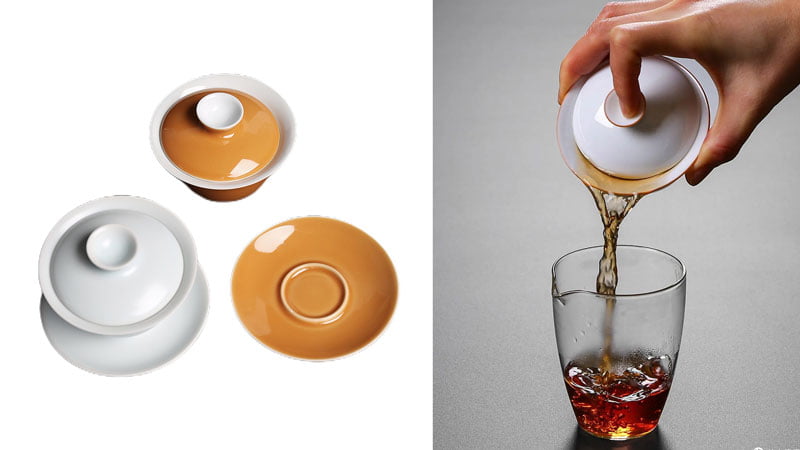
From the perspective of tea brewing requirements, the lid of the gaiwan must be movable. If a gaiwan is perfectly seamless, without any gap between the lid and the , gaiwan tea cup the tea water simply cannot be poured out. When you pour hot water into the bowl and then cover it, when the gaiwan is full of hot water, a certain suction force will be generated inside the gaiwan, and the tea water simply cannot be poured out. How can such a gaiwan be suitable for brewing tea?
From the tea brewing principle of the gaiwan itself and from common physical knowledge, demanding that the gaiwan be perfectly seamless is an unreasonable requirement. When buying a gaiwan set, as long as the lid and bowl can be “matched”, tailored to fit, neither too big nor too small, just right to be combined, it can be considered as having passed the qualification!
How to choose the lid of the cup for beginners?
- Measure the diameter of the bowl.
- Choose the diameter of the lid, 1.3cm-1.6cm from the diameter of the bowl is best.
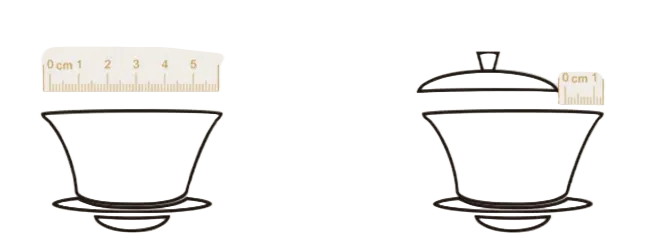
Lid Knob
The height of the lid knob should be moderate. A suitable lid knob can effectively isolate the heat transferred from the gaiwan, so it’s not too hot to hold; if it’s too high, although it won’t burn your hand, it is tiring to hold with your fingers; if it’s too low, it’s not stable to hold and can easily burn your fingers.

The lid knob grooves are divided into “flat, slant, and straight”.
The flat type is the best to use, with the right amount of indentation your finger can securely hold the lid knob, and because there is a certain thickness in the center of the knob, it won’t burn your hand.
Although the slant type allows your finger to hold the knob better, it’s easy to burn your finger when it touches the center point.
The straight type is first difficult to hold, it’s also not easy to grasp, and it can easily burn your hand, so it’s not recommended.
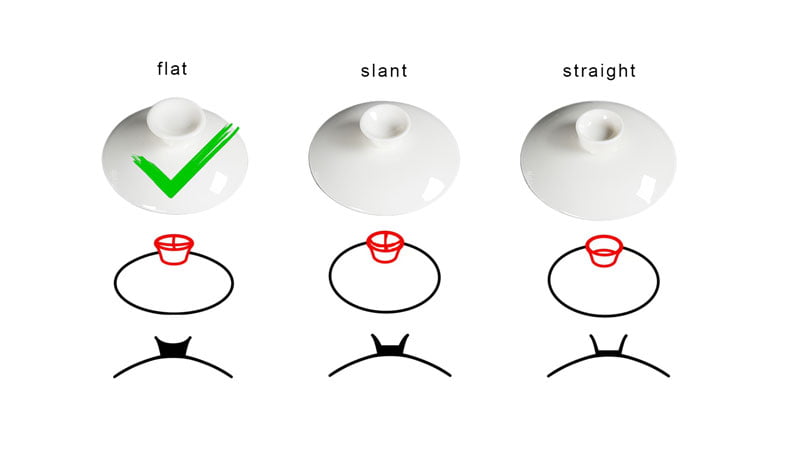
If you can’t find a gaiwan with a flat lid knob that you like, adjusting your grip can also prevent burns. Beginners can choose the three-finger method, and after getting familiar with the use of the gaiwan, you can use the bowl-grabbing method.
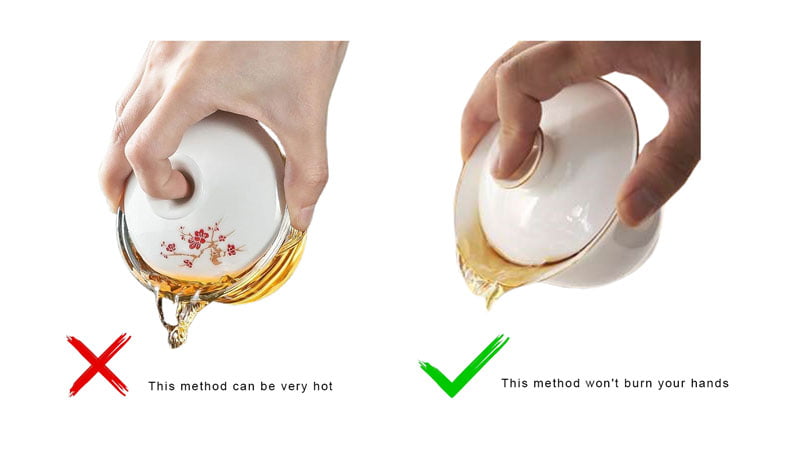
Bowl Rim
For a gaiwan that doesn’t easily burn your hand, the rim of the bowl should be wide.
A wide rim means that there will be a larger arc extending around the bowl. Whether or not it will burn your hand mainly depends on the width of the rim.
When boiling water is poured in, the heat rises along the wall of the bowl. When it reaches the top, it encounters a plane formed by the rim of the bowl. After this plane receives the heat, it distributes it evenly to the entire rim, rather than concentrating it in one place. In this way, the heat dissipation is good. When your fingers touch the gaiwan, they feel the heat evenly distributed, and naturally, it doesn’t feel too hot.
The curvature of the rim also determines whether you can easily grasp it and whether the pouring is smooth. On the other hand, if the gaiwan has no rim, or if the rim is narrow, you should be cautious when purchasing. For beginners, a gaiwan with a rim is easier to operate and easier to handle.
Many guides for selecting a gaiwan tea set emphasize the bowl rim, as if the larger the bowl rim, the less likely it is to burn, so we see more and more gaiwans with rims wide like sun hats.
There are two major disadvantages when the size of the bowl rim is increased. One is that it is not easy to use and unstable to hold. In addition, a larger rim affects the accuracy of capacity. The correct approach is to appropriately thin the thickness of the bowl rim, allowing the heat to dissipate as quickly as possible, so it won’t feel too hot to the touch.
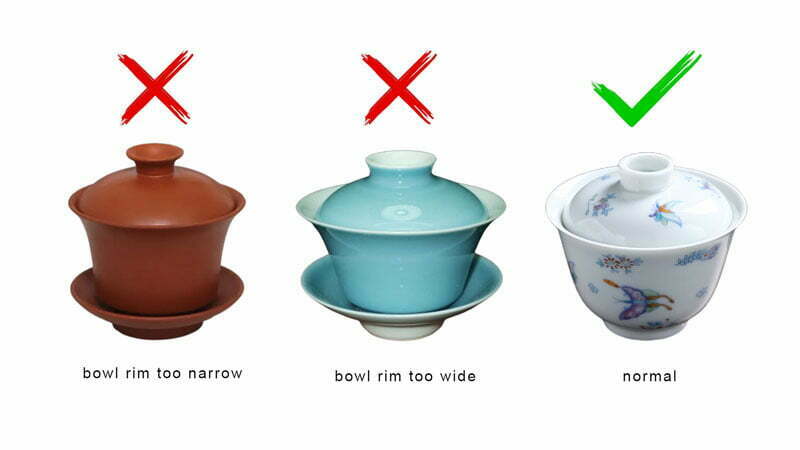
Shape of the Bowl
1. Tall and thin gaiwan
Tall and thin gaiwan might seem beautiful, but they aren’t particularly useful in practice. Their bodies are taller and thinner, and the bottom is smaller, making them unstable. It is very easy for the gaiwan to tip over and for the tea leaves to spill out. When pouring the tea, in order not to burn your fingers, you usually use your thumb and middle finger against the rim of the bowl, with your index finger resting on the lid knob to lift the gaiwan. However, the tall and thin gaiwan are relatively long, causing an uneven distribution of force when pouring, which affects the speed of pouring and draining the tea.
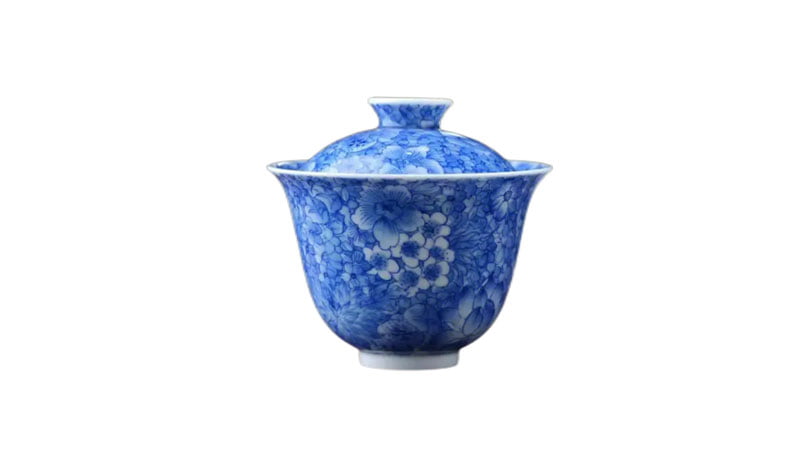
2. Wide and short gaiwan
A wide-mouthed vessel with a large mouth can pour tea faster. Even beginners using a gaiwan to brew tea for the first time can pour tea much faster than usual with this type of gaiwan, preventing the layering of strong and weak tea. However, the wide and short type is more suitable for male tea enthusiasts. Its bowl mouth is wider, and some female tea enthusiasts with slender fingers may find this type of gaiwan, which has a wider opening, unsuitable.
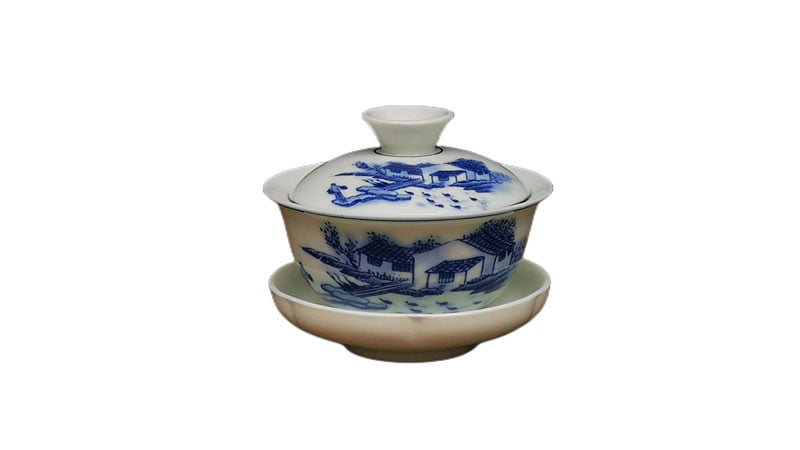
3. Belly-shaped gaiwan
The body of the bowl is the core part of the gaiwan. Its curvature should be smooth, with a small wave line being the most suitable. It pours smoothly, leaves no tea water at the bottom, and the curvature of the bowl belly is also conducive to the expansion and release of the tea leaves. That S-curve gaiwan, which looks like a big belly, is what we call the “belly gaiwan”. It can easily accommodate various types of tea and is highly practical.
For example, the belly gaiwan that I use most often on my table looks cute and is also handy to use. Its large body can accommodate large tea leaves, whether it’s Shoumei or Silver Needle from white tea, or red tea, rock tea, etc. Even if the tea leaves are coarse and fine, they can be brewed. It’s very suitable for beginners. Whether they are newcomers or old tea drinkers, many tea enthusiasts around me have a special liking for that belly gaiwan. The reason is nothing more than that it is really practical.

Bowl Foot
The height of the bowl foot mainly serves the purposes of aesthetics and balance for the gaiwan. With an appropriate height, the overall temperament of the gaiwan will be more beautiful, and the center of gravity will be more stable. If it’s too low, the gaiwan as a whole appears to be slumping and lacks vitality; if it’s too high, it is unstable and can easily topple over.
For a three-piece gaiwan, look at whether the bowl and the saucer fit well and are stable enough. For a two-piece gaiwan, check whether the foot of the bowl has a certain height and whether it is stable. But I would recommend the two-piece gaiwan more. It has a high cost-performance ratio, is easy to store, and can be matched with a tea tray you like in the future.
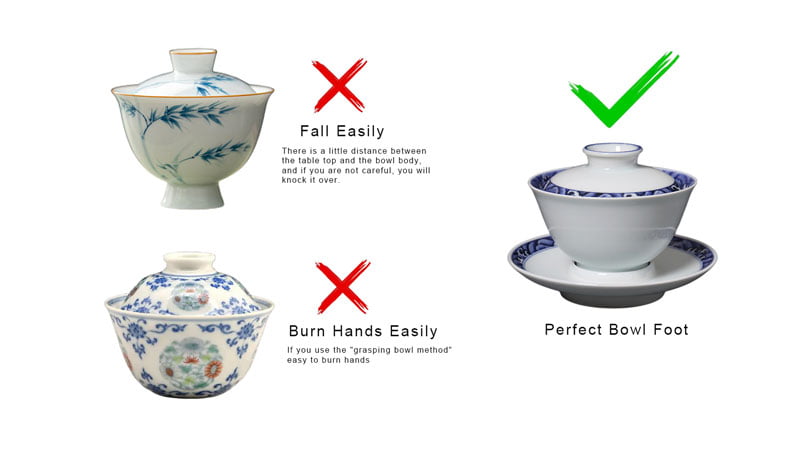
Size and Capacity of Gaiwan
The standard capacity of a gaiwan is 110ml. Other common capacities include:
A 110ml gaiwan is suitable for most people with small hands and is appropriate for 1-3 people drinking tea. A 150ml gaiwan is suitable for people with larger hands, and it can serve 1-5 people.
Choose a suitable gaiwan based on the size of your hand
Recommendation: For beginners choosing a gaiwan, a capacity of 100~110ml is suitable. This capacity is just right and easy to hold, whether you are brewing black tea, white tea, green tea or rock tea.
Women’s hands are generally smaller, so they need smaller tea utensils. The size of the gaiwan should generally not exceed 150ml. So, how big is a 150ml gaiwan? The diameter of the cup mouth is about 9cm, and the height is about 8cm.
For female tea drinkers, a gaiwan of 110ml or 100ml is of moderate size. If you choose a thin gaiwan, it doesn’t feel heavy in the hand and won’t burn your hand. This is a good choice.
As for male tea drinkers, who generally have larger wrists, a slightly larger gaiwan, between 150ml-200ml, is very suitable. When choosing a gaiwan, you should not blindly “seek large” sizes. A gaiwan with a too large capacity is heavy after pouring water, which is very inconvenient to use.
The capacity should not be too large, or it will dilute the taste of the tea.
On the market, many teas are individually packed, which is very convenient when brewing tea. Take Wuyi rock tea (Da Hong Pao, Cinnamon, Narcissus), and Tongmu black tea (Lapsang Souchong, Golden Eyebrow) as examples. When they are individually packaged, they usually contain 5 grams of black tea and 8 grams of rock tea.
When brewing tea, only by using a standard gaiwan (capacity 110ml) can you brew a tea water with a suitable concentration. If a large 180ml gaiwan is used to brew 5 grams of Lapsang Souchong, when the water is poured to a position close to the rim of the bowl, the taste of the tea water can easily be diluted due to too much water.
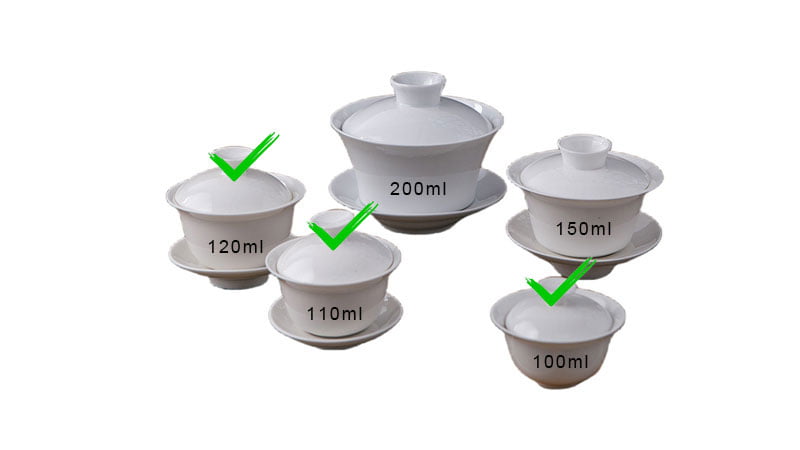
Materials of Gaiwan
Glass Gaiwan: Not recommended
Reason: Easy to burn hands
Glass gaiwan is crystal clear. When brewing tea, you can clearly see the dance of tea in the water. Moreover, glass gaiwan does not absorb tea aroma, is easy to clean, and has a strong ornamental feature. Therefore, many beginners will buy it because of its beautiful appearance. However, during use, they often feel regret.
Due to material limitations, the density of glass is lower than that of porcelain, and it conducts heat very quickly but dissipates heat slowly. Beginners, who are not yet proficient in using gaiwan, may easily burn their hands when brewing tea with it. Moreover, although the shape of the gaiwan is regular, the rim is larger, making it difficult to hold. The capacity is generally 160~200cc, making it hard to control the ratio of tea and water when brewing a teabag.
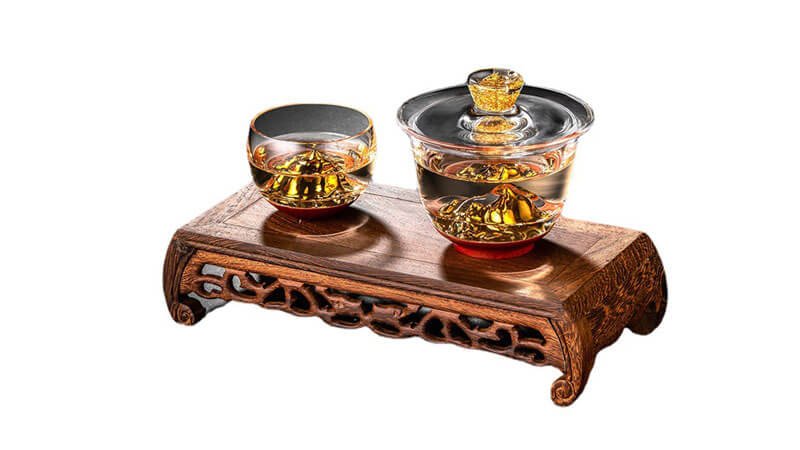
Purple Clay (Zisha) Gaiwan: Not recommended
Reason: Easy to blend flavors
They are not commonly found in the market. Generally, veteran tea drinkers will choose purple clay teapots. Because they are not glazed inside and out during firing, there are many tiny pores on the surface.
This double pore structure is breathable but not water-permeable, which can absorb the aroma of tea very well. A purple clay pot that has been used for a long time can brew a faint tea aroma even with water alone. But this feature is both loved and hated. These tiny breathable pores are good at absorbing the aroma of tea, thus causing the fresh tea to lose its original flavor. When brewing different types of tea, it is also very easy to blend flavors. So, if you want to use a purple clay gaiwan, it is best to use it to brew only one type of tea.
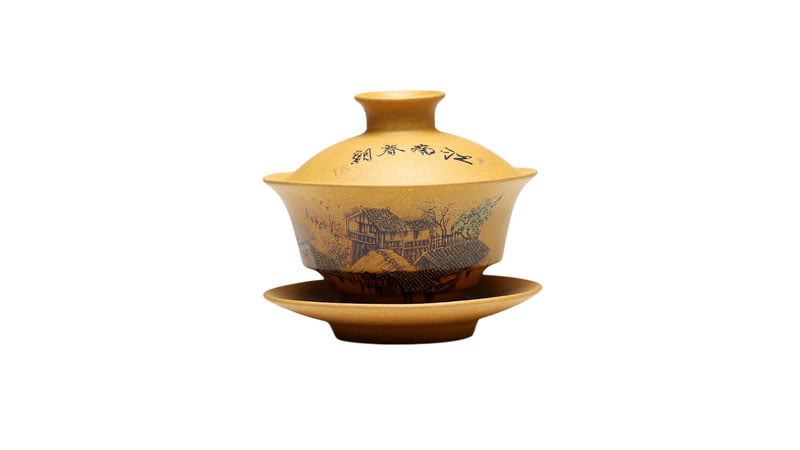
Porcelain Gaiwan: Recommended
Reasons are as follows:
1. Presenting the original flavor of tea
During the firing of a porcelain gaiwan, a layer of glaze is covered on the surface, making it look smooth and delicate. Whether it’s the inside or outside of the gaiwan, or even on the lid, it is covered with glaze. This is not only for aesthetic consideration, but more importantly, the glaze can block the coarse pores of the clay. Therefore, when brewing white tea, the porcelain gaiwan will not absorb a large amount of the aroma and taste of the tea, presenting the original flavor.
2. Easy to clean, will not blend flavors
Whether it’s brewing white tea with a light and elegant soup color or brewing black tea or rock tea with a deeper soup color, you can use a porcelain gaiwan. After use, just rinse gently under running water, and you can easily clean it without blending flavors no matter what tea you brew.
3. Slow heat conduction
The density of a porcelain gaiwan is higher than that of glass, and it does not conduct heat very quickly. A suitable gaiwan has a reasonable width of the rim, so it won’t quickly transfer the heat of the hot water to the rim. Using a porcelain gaiwan in the correct way will not hinder the rhythm of pouring tea because of burning hands, and it is also very friendly for beginners learning to use a gaiwan.
Conclusion
After reading the above guide, I think you should be able to avoid a lot of buying pitfalls. In short, as a beginner, the choice of bowl just follow one point, that is practicality. Gaiwan teapot is every tea lover’s initial tea set, probably in the future you will have many gaiwans (different tea needs to match different gaiwan tea set), now choose your first one start!
